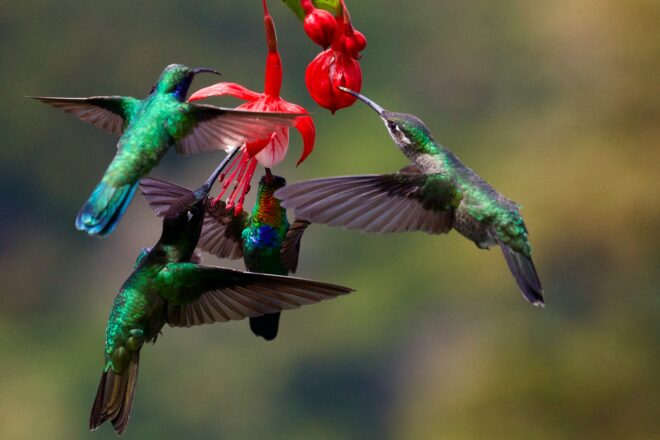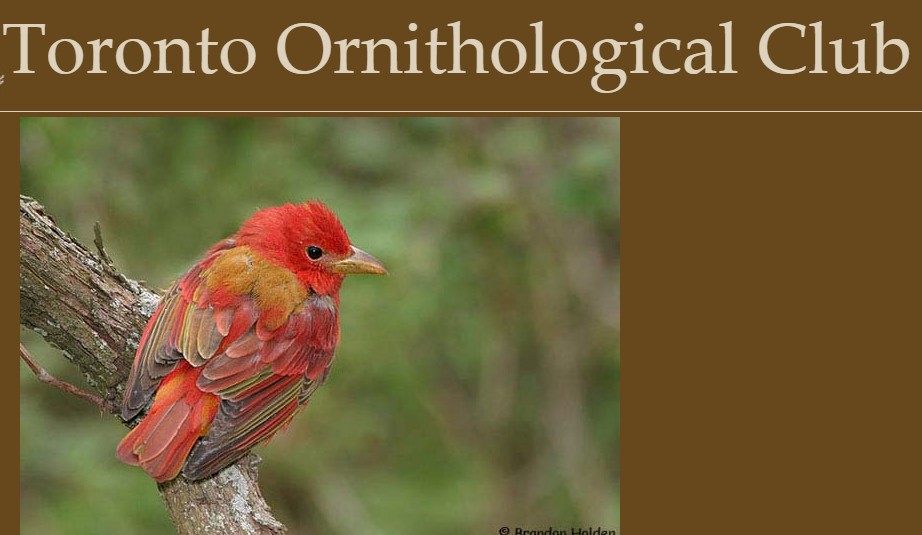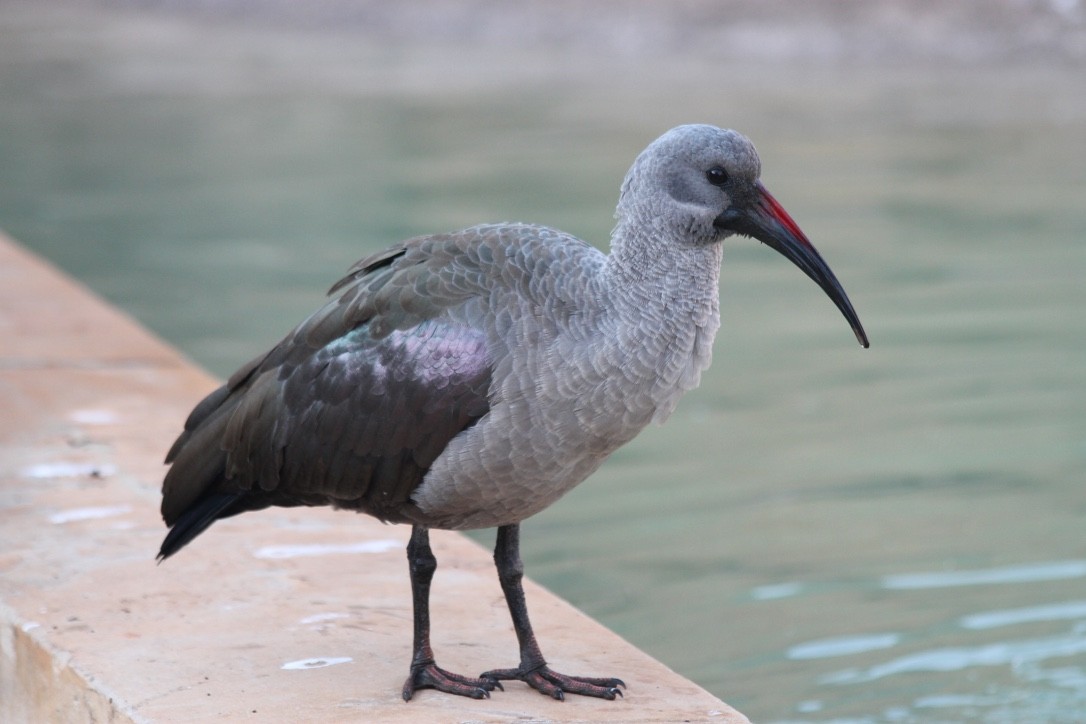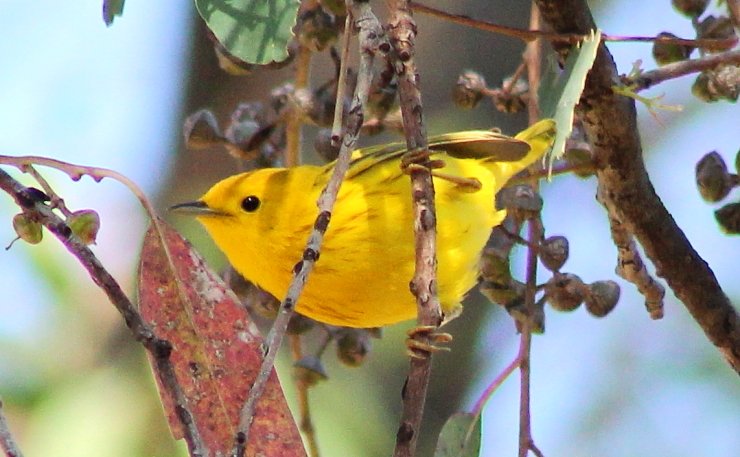PROTECT YOUR DNA WITH QUANTUM TECHNOLOGY
Orgo-Life the new way to the future Advertising by AdpathwayHummingbirds have the highest metabolism of any warm-blooded animal on the planet, a biological furnace that requires a near-constant supply of fuel. To an observer, it might seem like they’re always feeding, darting from flower to flower or buzzing around a feeder. But a closer look at their daily routine reveals distinct peak feeding times that are a matter of life and death, dictated by their unique physiology and the simple rhythm of the sun.
 Photo by James Wainscoat
Photo by James WainscoatThe Hummingbird’s Energetic Challenge
To understand when hummingbirds feed the most, you have to appreciate why they need to eat so much in the first place. Their metabolic rate is so high that they can burn through the sugar from their last meal in as little as 10 to 15 minutes. A hummingbird typically consumes half its body weight in nectar and insects every day. If a human had a similar metabolism, they would need to eat over 150,000 calories a day—the equivalent of hundreds of hamburgers—just to survive.
This constant need for energy is what drives their frantic feeding schedule. A hummingbird’s survival is always a race against starvation, and they are never more than a few hours away from exhausting their energy reserves. This makes their feeding habits not a leisurely activity, but a critical, strategic effort to stay alive.
The Bimodal Feeding Schedule
Hummingbirds don’t feed at a steady, consistent rate throughout the day. Instead, they follow a bimodal feeding schedule, with two distinct peaks of activity: one in the early morning and another in the late afternoon/early evening.
Morning Rush: Recharging After Torpor
The most intense feeding period for hummingbirds begins at dawn. This is because they have just spent the entire night in a state of torpor, a deep, sleep-like hibernation that allows them to conserve energy. During torpor, a hummingbird’s heart rate and metabolism slow dramatically, and its body temperature can drop by as much as 50 degrees Fahrenheit. While this state is crucial for surviving the night without food, it leaves them in an extremely low-energy state at sunrise.
 Photo by James Wainscoat
Photo by James WainscoatAs the sun comes up, the hummingbird must wake up from torpor, a process that can take up to 20 minutes. They shiver their wings and use the energy from their last meal to raise their body temperature and get back to their active state. When they finally emerge, they are on the brink of starvation and have an immediate, desperate need to refuel. This makes the morning hours a frenzy of feeding. They will visit flowers and feeders repeatedly, quickly consuming enough nectar to replenish their energy stores and prepare for the day’s activities. This is often when a backyard enthusiast will see the most intense activity at their feeders.
Evening Feast: Packing for the Night
The second major peak in feeding occurs in the late afternoon and early evening, just before sunset. This is the hummingbird’s version of a pre-bedtime snack, but with much higher stakes. They know that once darkness falls, their food sources will disappear, and they must survive the night on the energy they have stored.
During this period, hummingbirds will gorge themselves, consuming as much nectar as their bodies can handle. This allows them to build up the necessary energy reserves to survive the long, cold hours of the night. This gorging behavior is particularly pronounced during migration season, when hummingbirds need to pack on as much fat as possible to fuel their epic journeys. For a Ruby-throated hummingbird preparing for its non-stop flight across the Gulf of Mexico, this nightly feeding binge is a matter of survival.
 Photo by Chris Charles
Photo by Chris CharlesThe Midday Lull and Other Feeding Habits
Between these two peak periods, during the midday hours, a hummingbird’s feeding activity tends to be less frenetic. They still feed frequently, often every 10 to 15 minutes, but they also spend more time resting, preening, and chasing away rivals from their territory. This is because they have successfully replenished their energy stores from the morning rush and are not yet in a desperate state. They are simply maintaining their energy levels throughout the day.
It’s also important to remember that nectar is not their only food source. While they get most of their energy from sugar, hummingbirds also need protein, which they get by eating small insects and spiders. This insect hunting occurs throughout the day and is a critical part of their diet, especially for females who are feeding growing chicks in the nest.
 Photo by Zdeněk Macháček
Photo by Zdeněk MacháčekThe Influence of Season and Weather
A hummingbird’s feeding habits are also heavily influenced by the seasons and the weather.
Migration Season: During the spring and fall migration, hummingbirds are in a state of hyperphagia, or over-eating. Their need for energy is at its absolute highest as they prepare for or recover from their long journeys. This is when backyard feeders can be a crucial lifeline, and you may see an influx of birds from different regions all competing for the same resource.
On cold or rainy days, when their natural food sources may be limited and they have to use more energy to stay warm, hummingbirds will increase their feeding frequency throughout the day. This is a direct response to their increased energy expenditure.
During the spring and summer breeding season, female hummingbirds, who do all the nesting and chick-rearing, have an even greater need for food. They must consume enough to sustain themselves and their growing young, and you may notice their feeding activity is more constant throughout the day.
 Photo by Zdeněk Macháček
Photo by Zdeněk MacháčekFinal Thoughts
In conclusion, while a hummingbird’s life is a non-stop quest for energy, their feeding schedule is far from random. It is a finely tuned, strategic rhythm dictated by their extraordinary metabolism and the need to survive the night. The two “happy hours” for a hummingbird—the frantic morning refuel and the critical evening feast—are not just habits; they are the very essence of their survival. By understanding this, backyard bird enthusiasts can play a vital role by ensuring their feeders are full and fresh during these most crucial times of the day, helping these incredible birds thrive.























 English (US) ·
English (US) ·  French (CA) ·
French (CA) ·